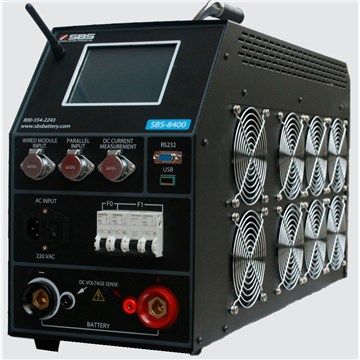Have an aging AGM and it is no longer what it once was. I am bumping up against my aspergers (subset of autism) in trying to get some handle on what remains. I am mind blind to math and similar kinds of organizational things.
I would think that a device could be cobbled together that would get an accurate Amp Hour reading
How many amp hours are left
12 posts
• Page 1 of 1
-

Shadow Catcher - Donating Member
- Posts: 6008
- Images: 234
- Joined: Sat Apr 11, 2009 8:26 pm
- Location: Metamora, OH
Re: How many amp hours are left
Shadow Catcher wrote:Have an aging AGM and it is no longer what it once was. I am bumping up against my aspergers (subset of autism) in trying to get some handle on what remains. I am mind blind to math and similar kinds of organizational things.
I would think that a device could be cobbled together that would get an accurate Amp Hour reading

I think you can tell the battery's condition by how high the voltage is after it's rested post-charge for a few hours. But I don't think you can measure amps in a battery.
Tony
-

tony.latham - Gold Donating Member
- Posts: 7073
- Images: 17
- Joined: Mon Jul 08, 2013 4:03 pm
- Location: Middle of Idaho on the edge of nowhere







